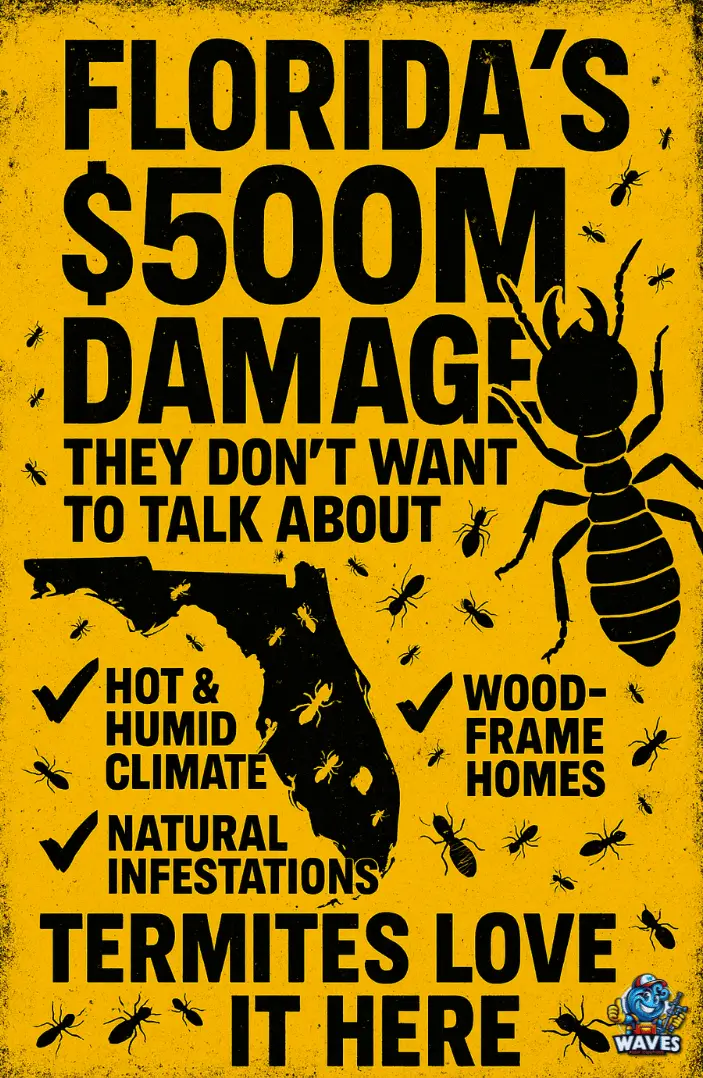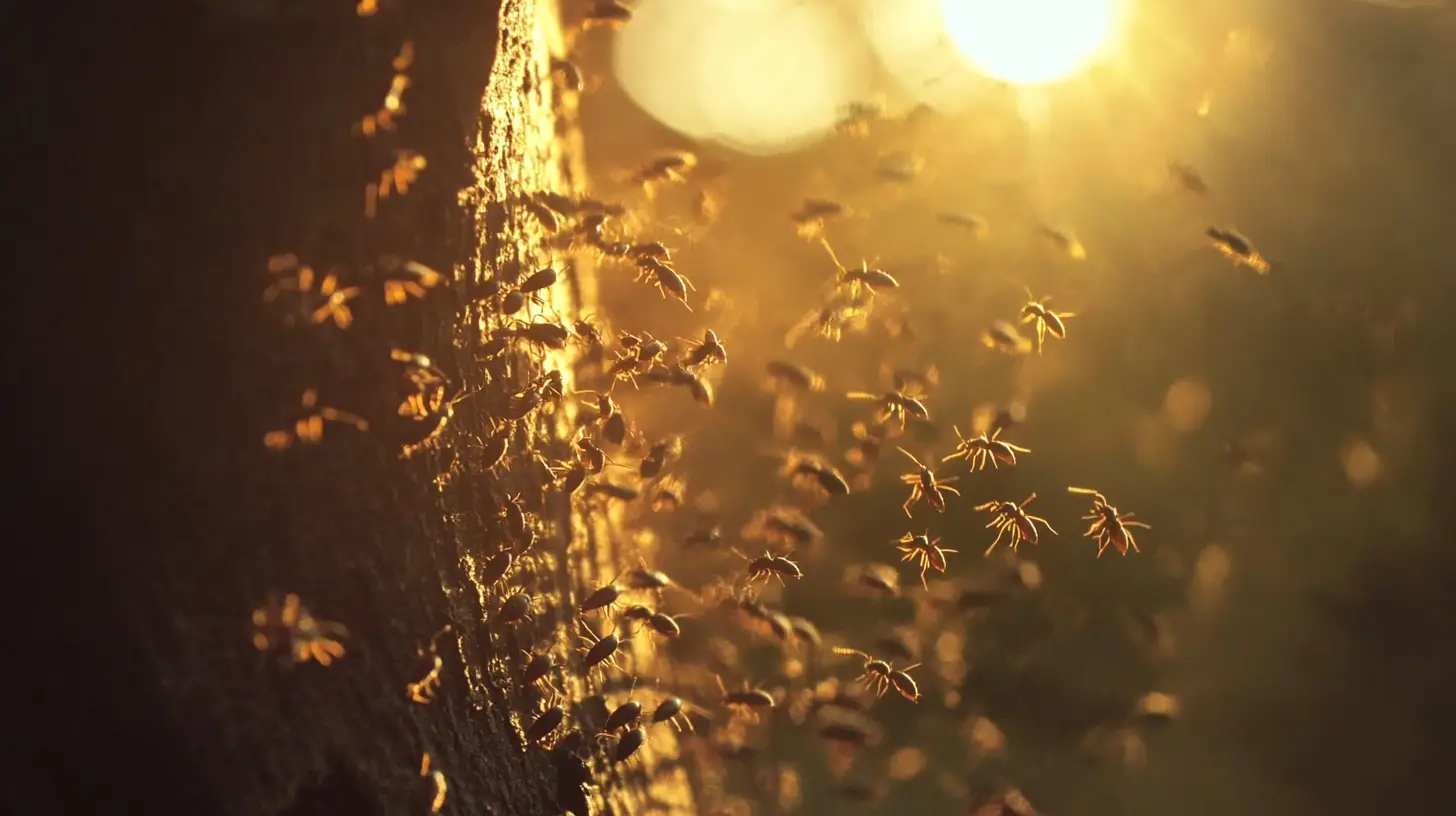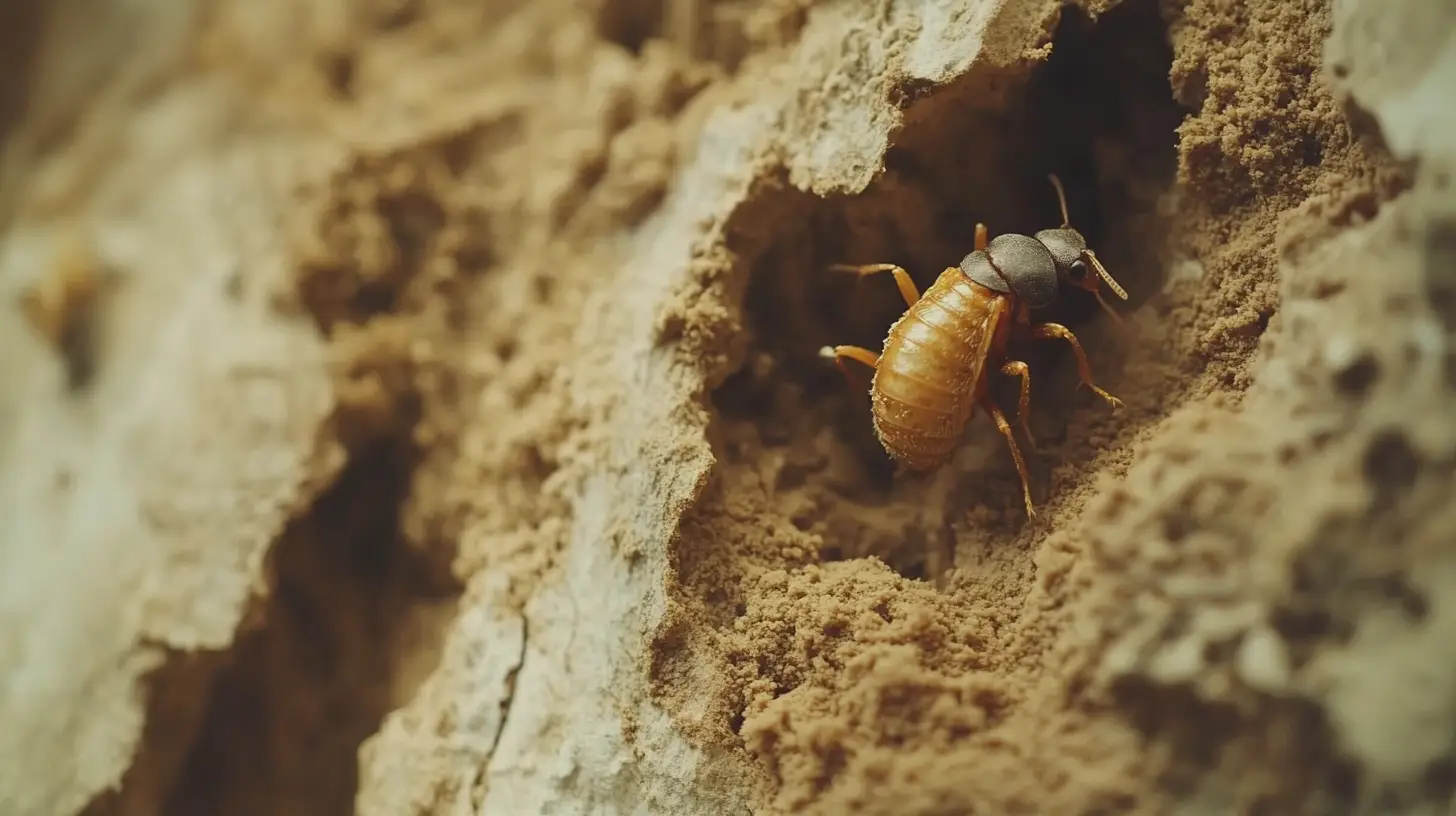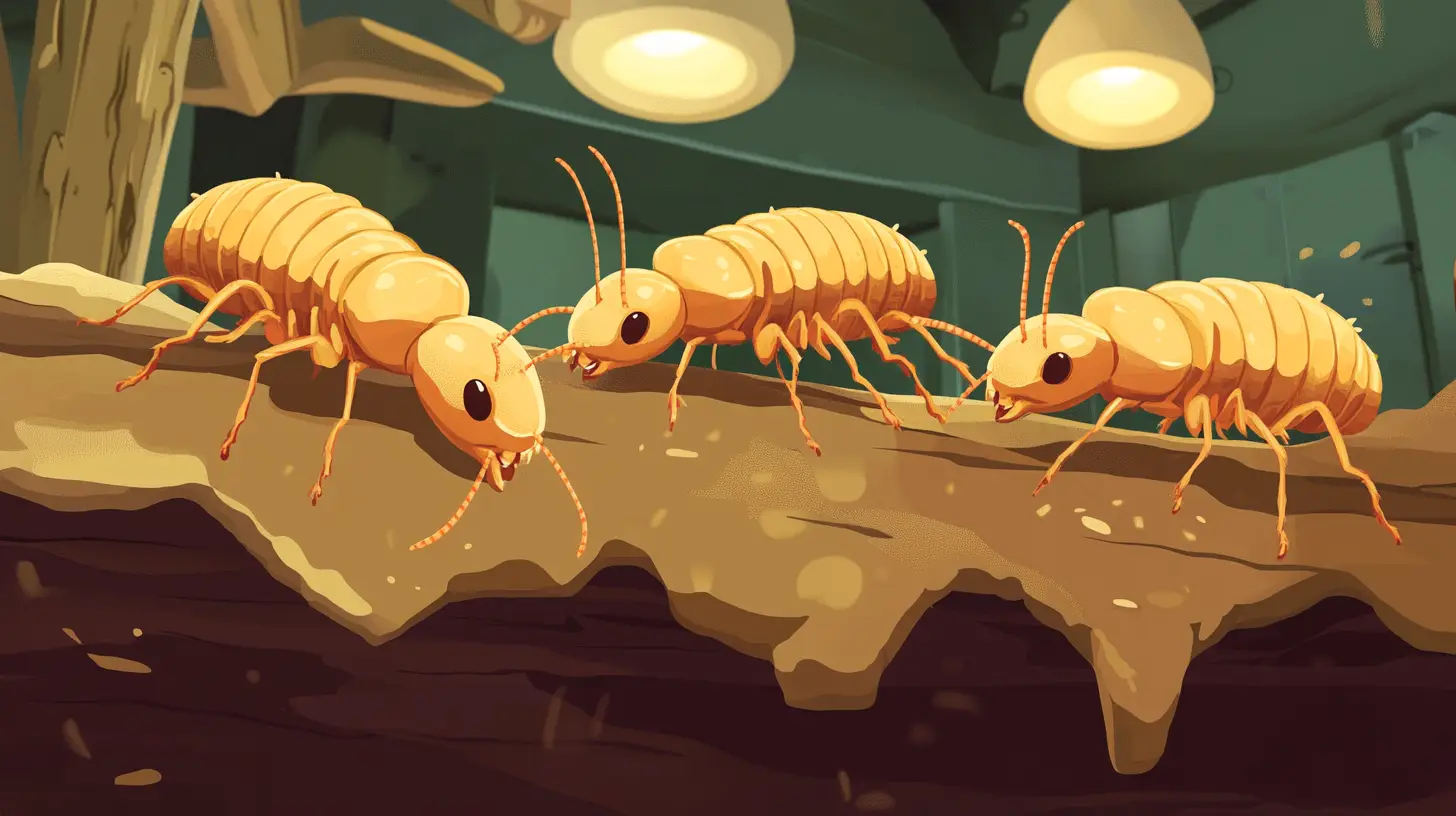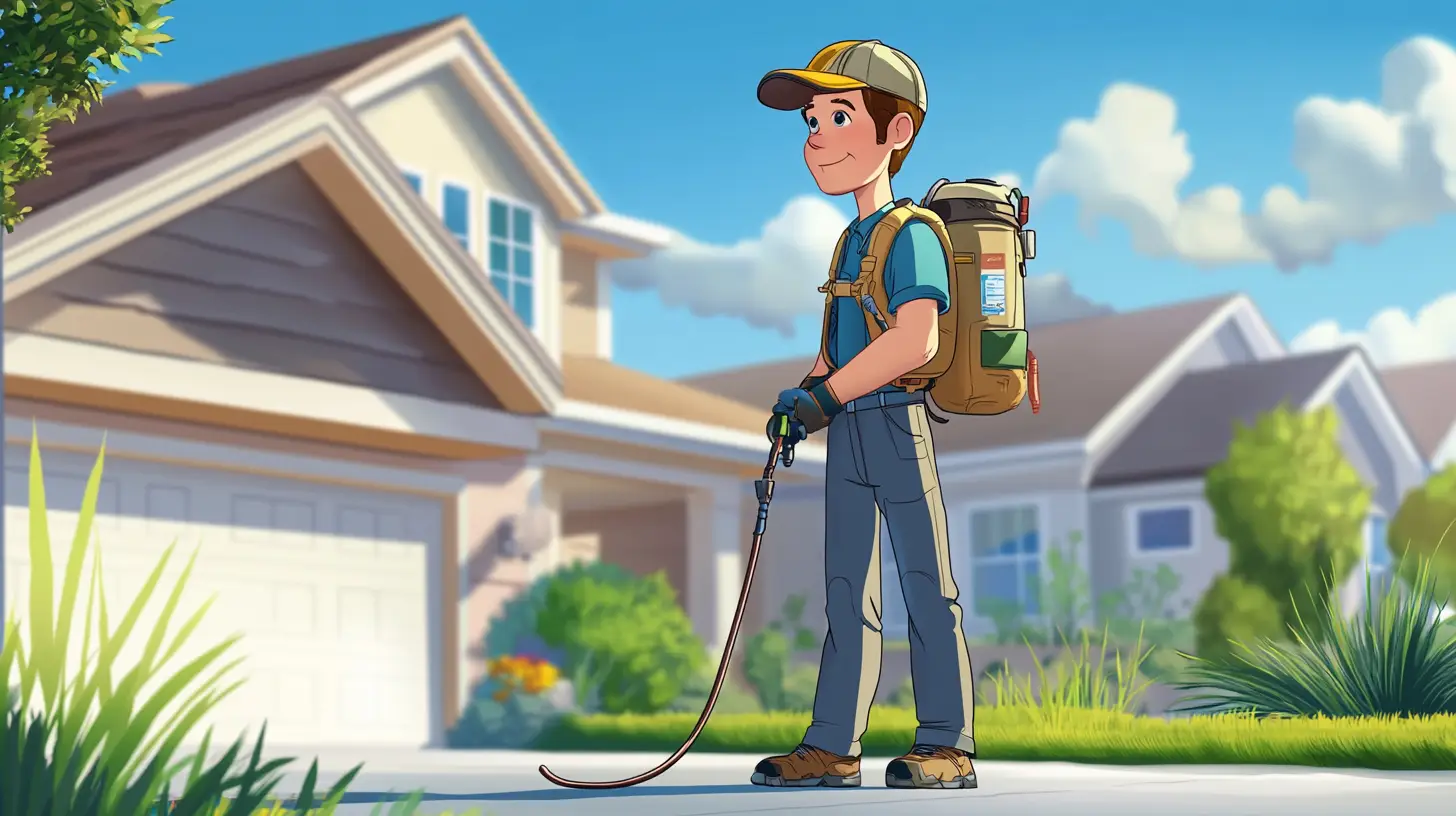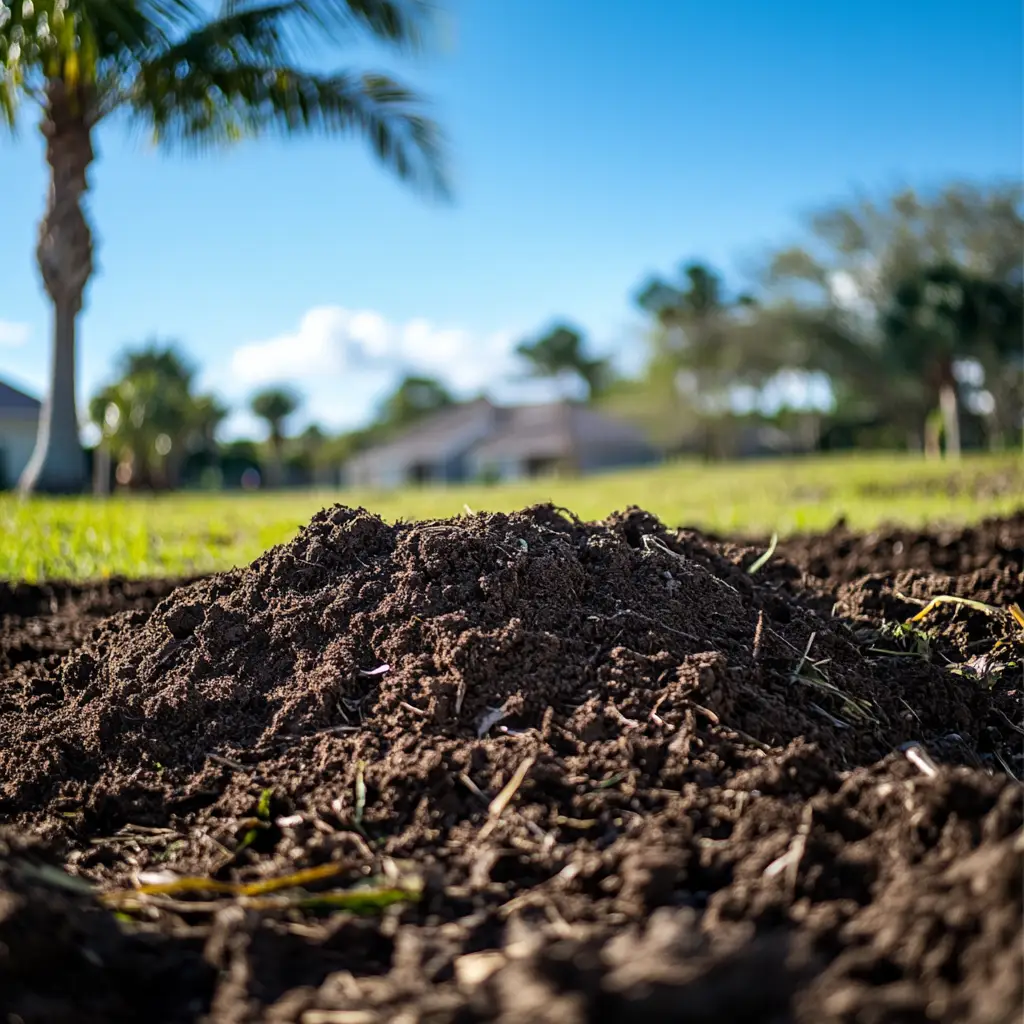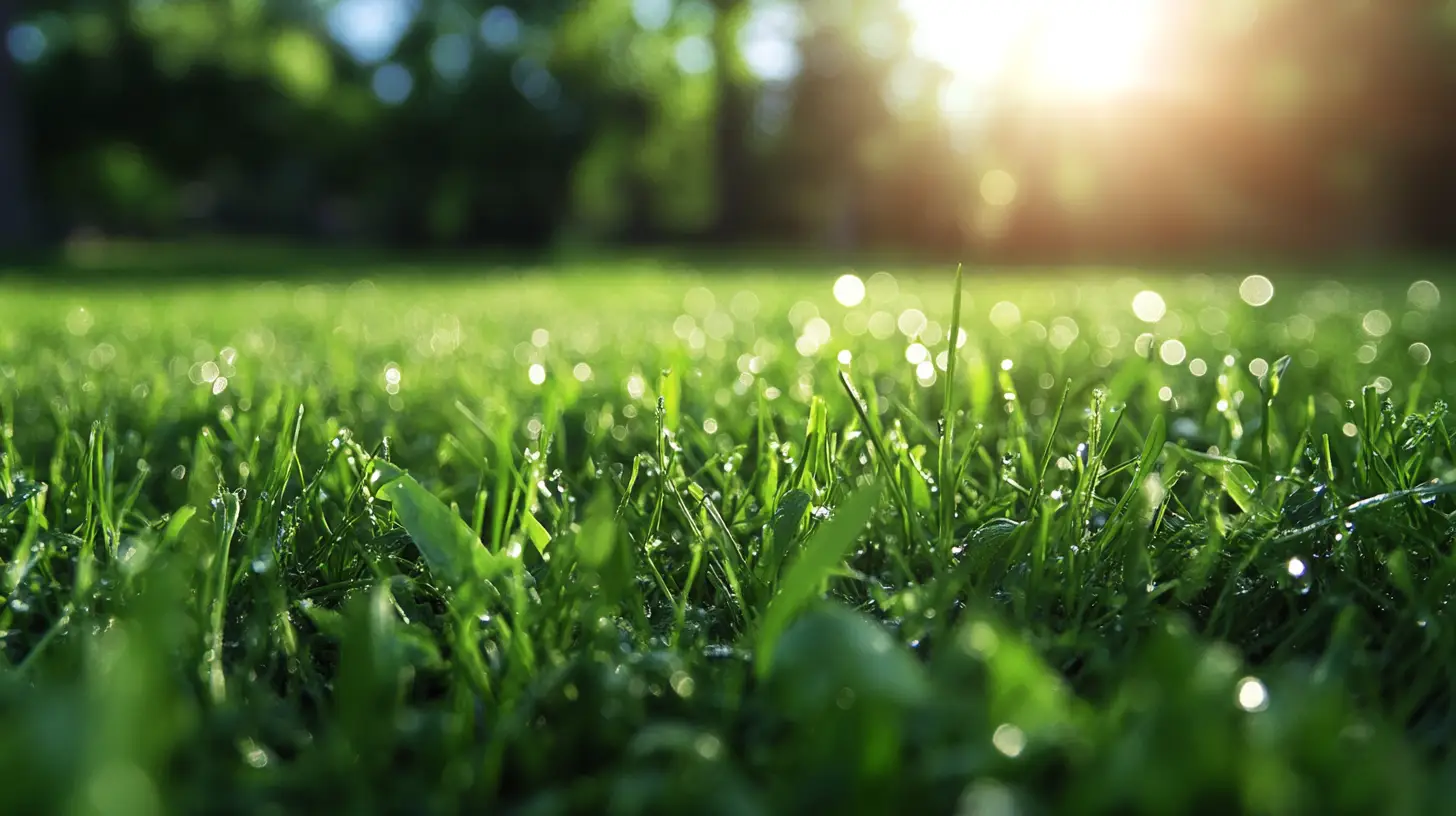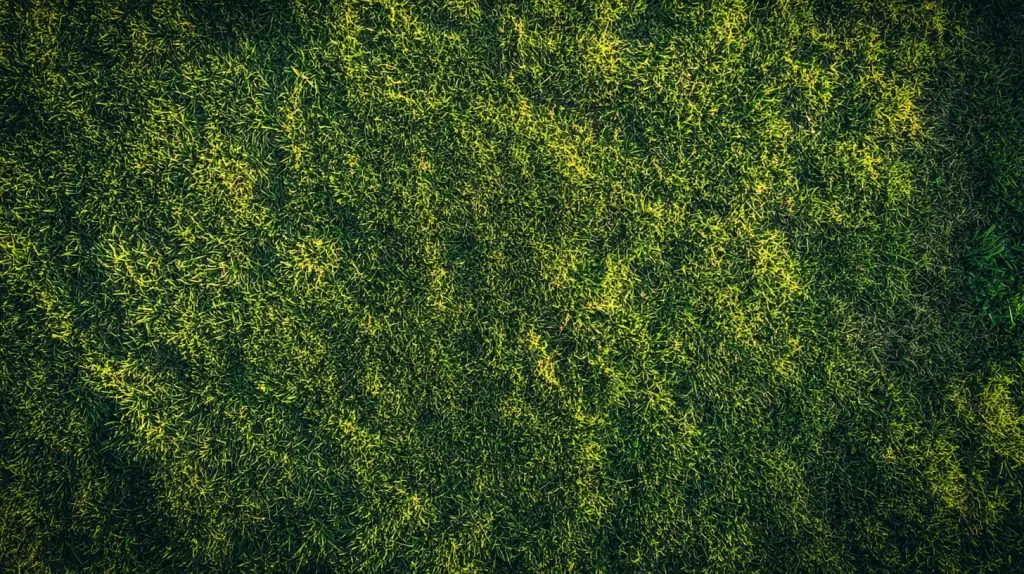
If you want a yard that looks like it belongs on a magazine cover, getting serious about grass care is the best place to start. Around Lakewood Ranch, where the sun can be relentless and sudden storms can soak your lawn in minutes, keeping your grass at just the right height isn’t just a suggestion — it’s a game-changer.
Key Takeaways
- Always aim to maintain the ideal grass height for your lawn type.
- Never cut more than one-third of the blade at a time to avoid shocking your lawn.
- Seasonal adjustments matter — keep grass taller during hot months and trim lower before winter.
- Sharp mower blades and varied mowing patterns can make a big difference in lawn health.
- Leaving grass clippings behind provides natural, easy-to-absorb nutrients to boost lawn vitality.
Why Mowing Height Makes a Big Difference
Think of grass like a living shield. Cut it too short, and you leave your soil vulnerable to blazing heat, hungry weeds, and nasty pests. Let it get too tall, and you create a jungle that attracts insects and weakens your lawn’s structure. Grass that’s the perfect height builds a thicker canopy, naturally crowds out weeds, and helps keep the soil cooler — a must during Florida’s brutal summers.
Fun fact: A lawn that’s maintained at the right height can reduce local temperatures by up to 14 degrees compared to bare soil or asphalt!
Best Heights for Lakewood Ranch Grasses
Different grasses thrive at different heights, especially in Florida’s warm climate. Here’s where to keep them:
Warm-Season Grasses:
- St. Augustinegrass: 2.5″ – 3.75″
- Bermudagrass: 1.0″ – 2.0″
- Centipedegrass: 1.5″ – 2.0″
- Zoysiagrass: 1.5″ – 2.5″
No matter the grass, never chop off more than a third of the blade at once. When your lawn gets too tall, trim it down slowly across two or three mowing sessions to avoid shock.
Seasonal Grass Height Adjustments
Lakewood Ranch weather swings from cool winters to steamy summers, and your mowing routine should change with it.
Winter Grass Care
Grass growth slows way down in winter, especially when nighttime temperatures drop. Before that first real cold snap, cut your lawn to about two inches. Shorter blades help protect against cold-weather diseases while giving roots extra strength for spring.
Spring Grass Care
When the chill starts to lift, it’s time for a fresh start. A slightly lower cut in early spring helps clear away dead blades and wakes your lawn up after dormancy. For warm-season grasses, wait until new green growth appears before firing up the mower.
Summer Grass Care
During the hottest months, taller is better. Longer grass shades the soil, conserves moisture, and keeps roots strong. Mowing when it’s scorching outside stresses the grass, so try to mow early in the morning or after a late afternoon rain.
Quick tip: Raising your mower deck by just half an inch during a heatwave can help your grass survive prolonged drought conditions!
Fall Grass Care
Fall feels like a second spring for cool-season grasses, and lawns often perk back up. Keep mowing at the normal height until temperatures dip steadily. Then, before winter rolls in, give your yard a final trim to about two inches to help it stand up to colder nights.
Smart Mowing Tips for Lakewood Ranch Yards
- Sharp blades are key — ragged cuts invite disease.
- Vary your mowing direction to prevent ruts and soil compression.
- Leave the clippings where they fall — they return valuable nitrogen to the soil.
- Skip mowing during peak heat to avoid stressing your turf.
The secret to beautiful grass in Lakewood Ranch isn’t just watering or fertilizing — it’s knowing how to let nature do most of the work once your lawn is properly maintained.
Frequently Asked Questions (FAQs)
How often should I mow my grass in Lakewood Ranch?
During peak growing seasons like spring and summer, you may need to mow weekly. In cooler months, mowing once or twice a month is usually enough.
What’s the best time of day to mow my lawn?
Early morning or late afternoon is ideal. Mowing during the heat of the day can stress your grass and even cause it to burn.
Should I bag my grass clippings or leave them on the lawn?
Leaving clippings on the lawn helps return nutrients to the soil, acting as a free, natural fertilizer.
Can mowing height really help with weed control?
Absolutely. Taller, well-maintained grass creates a thick canopy that naturally shades out weeds and reduces their chance to grow.
What happens if I cut my grass too short?
Cutting too short weakens your grass, making it more vulnerable to drought, disease, and pests, and can lead to bare patches that take months to recover.

